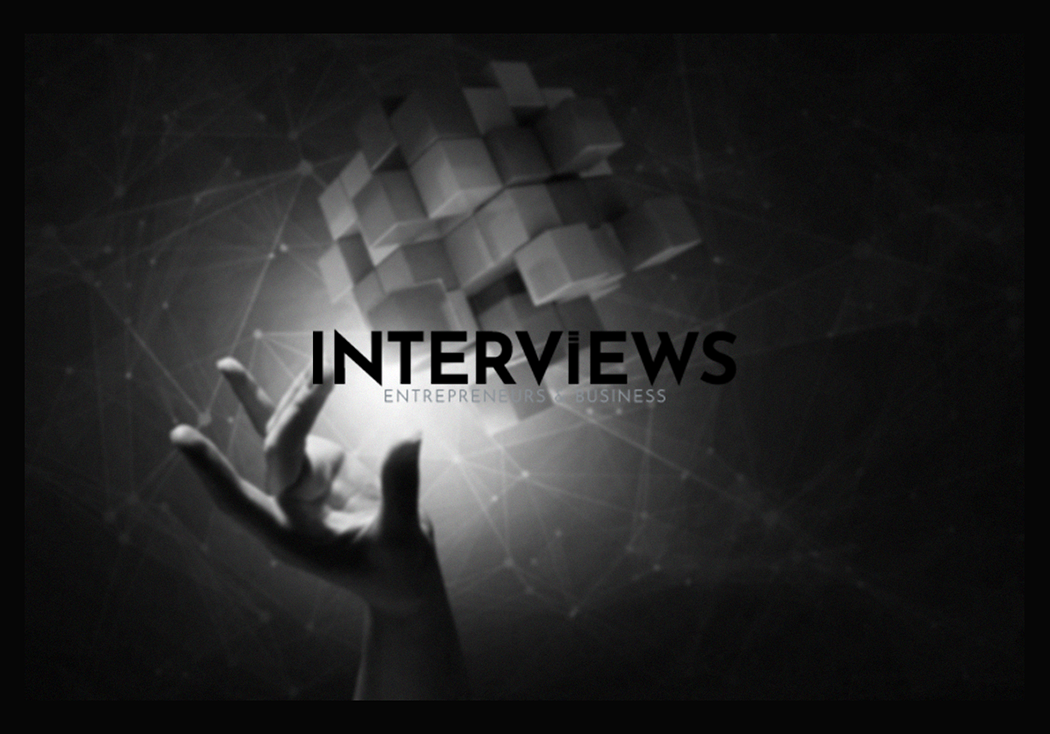Facing a Brick Wall? Let’s Talk Problem Solving (Without the Headaches)
Problems are uninvited guests. They show up without warning. You might find a broken coffee machine or an impending project deadline. Knowing how to deal with these matters is essential. We will explore problem-solving without the complicated terms and with a touch of humor.
Find a Problem: Spotting the Trouble on the Horizon
You cannot solve a problem if you do not know it exists. Detection is vital. Think of it as being a detective. Instead of mysteries, you solve everyday issues. Understanding when something feels off is your first superpower.
Identifying a Problem: Becoming a Problem Whisperer
Noticing a problem is not just about seeing smoke; it’s knowing why the alarm sounded. Is your car grumpy due to low gas or engine issues? Figure out the underlying cause to address it correctly.
Gathering Information: Become a Data Detective
Understanding a problem requires information. Collect data like a squirrel stocks nuts. Gather facts through keen observation or discussions. Dive into some research, acting like Sherlock, but with spreadsheets. ASQ’s guide highlights that understanding the problem is crucial.
Asking Questions: Channel Your Inner Curious Cat
Ask “why?” repeatedly. Explore the issue from all sides. Use the “five whys” technique. Keep digging until you find the root cause. It’s like peeling an onion, hope for solutions without tears.
Stating the Problem Clearly: Speak Problem Fluently
Vague problems lead to unclear solutions. State your problem precisely. Include the context and symptoms. Ensure you differentiating fact from fiction, opinion from reality. Wharton emphasizes that identifying the *real* problem is half the battle.
Recognizing Anomalies: Spot the Odd One Out
Detection focuses on spotting anomalies. It’s about sensing when expectations shift. A typo in printed text stands out. That’s your problem signaling for attention.
Making a List: Your Problem Hit List
Write down your problems. Create a list. It’s like a to-do list, but for challenges. This act of writing brings clarity and control. Crossing off items feels good.
Defining a Problem: Setting the Boundaries
After identifying a problem, define its limits. Think of it like mapping out borders, ensuring you understand the issue deeply.
Defining Boundaries: Know Your Problem’s Limits
Set boundaries. Identify what’s in and what’s out. Like fencing a garden, define the scope to prevent overlapping issues.
Identifying Causes and Effects: The Cause-and-Effect Tango
Analyze relationships between factors. Discern what triggers what. It’s similar to untangling fairy lights; understanding each knot clarifies the entire situation.
Considering Solutions: Brainstorming Brilliance
Think about potential solutions. How can you disrupt bad habits? Aim for healthier, productive changes. Anxiety Canada’s blog shares practical tips for daily life issues.
Analyzing a Problem: Dissecting the Beast
Once you define the problem, analyze it thoroughly. Break it down to understand its inner workings.
Breaking Down the Problem: Divide and Conquer
Divide the issue into smaller parts. Smaller chunks make it less scary and easier to manage, similar to eating an elephant one bite at a time.
Identifying the Root Cause: Digging to the Core
Hypothesize about the root cause. Explore what’s behind the issue. Treating symptoms is inadequate; discover and address the source.
Seek Different Perspectives: Crowdsource Your Solutions
Engage team members for different viewpoints. Various perspectives can uncover blind spots and provide fresh angles on challenges.
Problem Detection: The Early Warning System
Problem detection is vital; it requires attention. View it as an early warning system, preventing crises.
Recognizing Anomalies: Deja Vu? No, Deja-Problem!
Detection focuses on recognizing anomalies. It’s that instinctive feeling telling you something is wrong, a voice urging caution.
Common Detection Method: The SLO Alarm Bells
A familiar detection method in tech involves alerts. They trigger when service level objectives (SLO) face violations. If performance dips below acceptable levels, alarms sound.
Types of Problems: Not All Problems Are Created Equal
Problems have various flavors. Understanding types helps you tailor your approach accordingly.
Tame Problems, Critical Problems, and Wicked Problems: The Problem Family
Three primary problem categories exist: tame, critical, and wicked. Tame problems are simple, like following a recipe. Critical problems need quick action, like responding to a fire alarm. Wicked problems are complex and often lack clear solutions, like climate change.
Problem-Solving Processes & Techniques: Your Toolkit for Triumph
Now, it’s time to equip yourself with problem-solving tools! Many processes and techniques can aid you in overcoming challenges.
Problem Solving Steps: The Roadmap to Resolution
Follow general problem-solving steps as your roadmap to resolution. These steps provide a structured way to progress from problem recognition to solution.
Lean Tool: The 3 C’s – Concern, Cause, Countermeasure
In Lean methodology, utilize the 3 C’s: Concern (the problem), Cause (the root cause), and Countermeasure (the solution). Clear and direct.
Problem Solving Methods Used by Humans: Tried and True
Throughout history, humans developed various methods to solve problems. Strategies include: Brainstorming—throwing ideas to see what sticks. Trial and Error—the classic “try it and see” method. Working Backwards—starting from desired outcomes and determining steps needed.
Skills Needed for Problem Solving: Sharpening Your Problem-Solving Sword
Problem-solving is more than techniques; it involves skills too. Specific abilities improve your problem-solving effectiveness significantly.
Essential Problem-Solving Skills: Your Superpower Starter Pack
- Active Listening: Understanding what others communicate.
- Analysis: Breaking down detailed information into manageable pieces.
- Research: Seeking data and insights to guide decisions.
- Creativity: Generating innovative solutions beyond conventional thinking.
- Communication: Clearly expressing ideas and potential solutions.
- Time-management: Efficiently using time to address problems.
- Decision making: Choosing optimal courses of action from available options.
- Team-building: Collaborating effectively to tackle challenges together.
Dealing with Unsolvable Problems: When “Solve” Isn’t an Option
Sometimes, problems appear unsolvable. Like trying to argue with a pigeon. Shifting your goal from “solving” to “managing” becomes necessary.
Strategies for the Unsolvable: Navigating the Impasse
- Acknowledge and Accept: Sometimes admitting defeat (for now) is essential. Accept that some issues are simply persistent.
- Reframe and Simplify: Look at the problem from new angles. Simplifying can reframe the insurmountable into manageable parts.
- manageable.
- Seek Help and Collaboration: Reach out. Get fresh eyes on the issue. Don’t work alone. Collaborate.
- Try Different Approaches: If Plan A through Z fails, consider Plan Z-Prime. Experiment. Be flexible. Try new routes.
- Focus on What You Can Control: You can’t control all things. Control your actions and reactions. Focus on what you can influence.
Factors That Hinder Problem Solving: The Roadblocks to Resolution
Even with strong skills, some things can throw off problem-solving.
Problem-Solving Saboteurs: Beware the Pitfalls
- Low self-esteem: Doubt can hinder your problem-solving. Believe in yourself, even when it’s hard.
- Unrealistic Goals: Setting goals too high leads to frustration. Aim high, but stay realistic.
Problem Solving Methods: More Tools for Your Arsenal
Let’s look at methods to improve your problem-solving.
The 3 C’s Method: A Quick and Concise Approach
This method is simple and direct: Concern, Cause, Countermeasure. It emphasizes concise action.
Being the Problem: A Dose of Self-Reflection
This one is uncomfortable but necessary. Sometimes, we are the problem itself. (Deep breaths. We’ve been there.)
Toxic Traits and Behaviors: The Problem Within
Toxic traits can complicate problem-solving. Manipulation is an example of behavior that increases problems. Self-awareness matters. Recognizing your role in issues shows strength, not weakness.
So, here it is – a guide to problem-solving. Every problem holds an opportunity in disguise. Sometimes annoying, but it’s an opportunity. Now, conquer those challenges!





